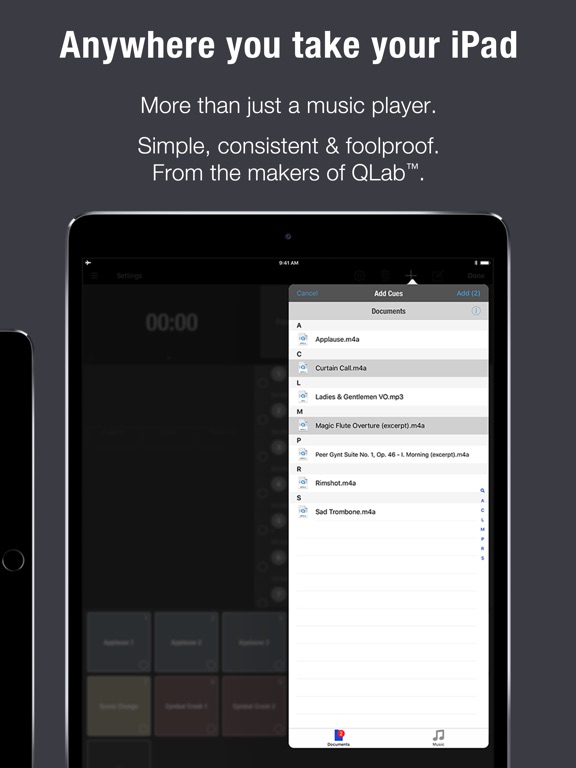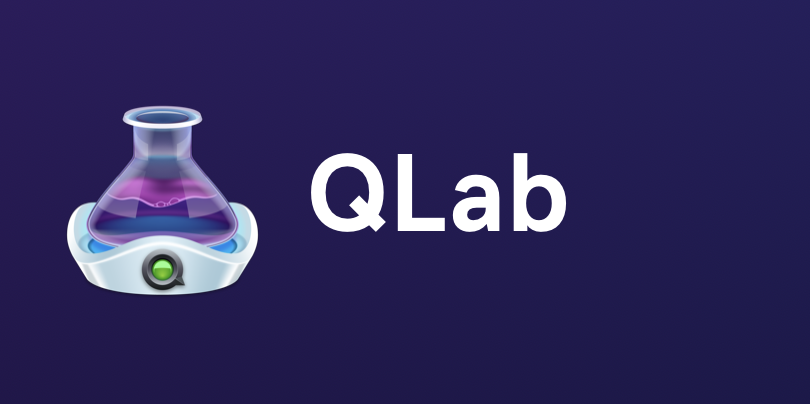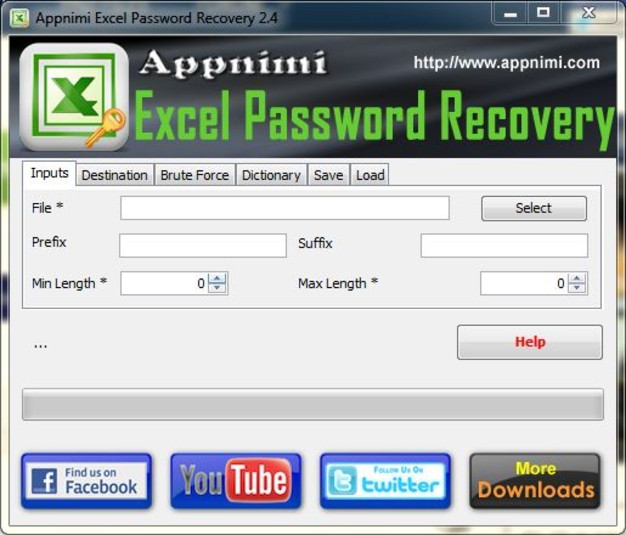

In Version 2 (the current version) there is a black teardrop that indicates the next event that will be triggered when you hit "Go." This teardrop changes to a green arrowhead when the cue is actually playing. Or insert a Sound Cue in the workspace, and navigate to the pop-up to select a sound file to load. Drag a sound file (basically, ANY sound file.mp3, aiff, wav.) into the QLab window and it will become a Sound Cue. The even type we are most concerned with is a sound. Not all cues need to be operator cues you can set up some to automatically follow others, and you can stuff several within a group and that group itself becomes a cue.

Events are called "Cues" each cue is an instruction to QLab to do something. The basic format of QLab is an event list. When you open it, you are presented with a window. Again, it isn't nagware or spyware it won't ask for internet access, it won't ask for your admin password, it won't require you to fill out and return a form.
#Qlab crack download#
Visit Figure 53's website and download the free version. Or a dozen different events in a carefully timed cascade.

So with the tap of a single button, you can fade down one cue and start up another. QLab treats fades and pauses as just another kind of event. Oh, and you can loop, too.īut that isn't even half the power. You can have one sound playing as a background, then play two other sounds in a row, then finally take out the long one. QLab does this, but with multiple instances.
#Qlab crack professional#
A professional CD player or old school cart machine will play the sound then automatically move to the start of the next track and wait for your command. They want you to play one sound, then diddle around setting up the next sound. I've done shows on analog tape, on CD players, on iPods, on iTunes or Windows Media Player, and all of these are relentlessly linear. Now imagine this massive CD player is set up so well you can command it from a single button once it has been programmed. A CD player that can play a dozen tracks at the same time, or one after another, at different volumes, panned to different speakers. Think of it like a CD player on steroids.

So that's 500 words, and what does QLab actually do? Shareware tends to keep the look and feel of the underlying GUI and that means it is faster to learn it and smoother to use it in a multi-application work flow.
#Qlab crack software#
Oh, and a small annoying and productivity-related thing notice that shareware is usually better about adhering to GUI standards? Commercial software tends to use unusual functions for the control keys, hide the menu bars, and won't even permit re-sizing of the application window. The philosophy is to find problems so they can be fixed which is directly opposed to the marketing-driven philosophy of mainstream software that says the way to sell the software is to slap lawsuits on anyone who dares mention it doesn't work very well. The shareware philosophy is to build a product good enough that people will want to support you in return. And not cripple-ware or nagware, either.Īn aside.
#Qlab crack mac#
With all that out of the way, what do you want this for? Well - QLab is easy to understand, plays well with all hardware, plays any file the Mac can play (leveraging QuickTime to do so), takes up very little system overhead.and, oh yeah, the basic version is free. of which I will say no more less my blog get shut down by angry marketing people. It is also not the only professional-level software for its specific application - Sound Cue System for Windows is in a similar price range, and of course there is SFX. It is also not a Cart Machine (although Figure 53 has a digital one of those, too.) Also, there is no Windows or Linux version (although there are other, similar software tools). It is not a mixer, a signal processor, or a Digital Audio Workstation. It is from Figure 53 and is designed for use in theater and similar live-playback situations. QLab is audio playback software for the Macintosh.


 0 kommentar(er)
0 kommentar(er)
